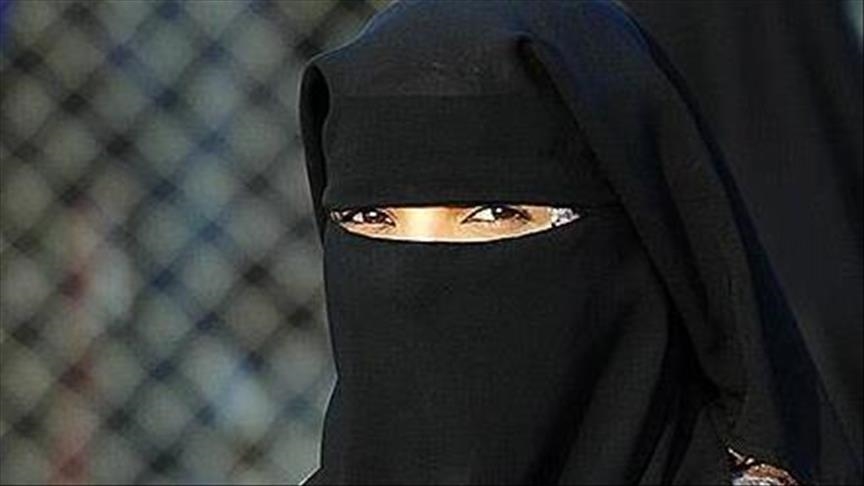
Lausanne Treaty: International recognition of Türkiye's independence marks 100 years
Peace treaty signed in July 24, 1923 at Palais de Rumine in Lausanne after months of negotiations at Beau Rivage Palace Hotel
By Beyza Binnur Donmez
GENEVA (AA) — A century ago, on July 24, countries around the world acknowledged Türkiye as an independent and sovereign nation with the historic signing of the Lausanne Peace Treaty at the Rumine Palace in the lakeside Swiss city.
Months of intense negotiations had led up to the momentous event under the Lausanne Peace Conference, held at the Beau-Rivage Palace Hotel, situated on the picturesque shores of Lake Leman in Lausanne.
In a book commemorating the hotel's 150 years of history, numerous details about the momentous conference are revealed, shedding light on why Switzerland was chosen as the venue, the intricacies of the negotiations, and the ultimate international recognition of a new nation.
The Lausanne Peace Conference commenced in November 1922.
The book, released by the hotel, explains that Lausanne was selected as the venue through a process of elimination.
"The Turks wanted the conference to take place in Smyrna (Izmir), which they had just liberated from the Greek army, but this was out of the question. London and Paris were also excluded since Britain and France have widely diverging views on the issues to be discussed. Venice was ruled out as it would have given Italy’s new dictator Mussolini a golden opportunity to act as chair," it explained.
Geneva, despite being home to the League of Nations, the predecessor of the UN, was vetoed by the US and Soviet Union, "powerful political observers of the negotiations," according to the book.
Eventually, Britain proposed Lausanne, and it was preferred over the Turkish side's suggestion of another Swiss city, Lugano.
During the conference, the Beau-Rivage Palace Hotel played host to the British, Japanese, Turkish, and American delegations. The French and Italians were accommodated at the Lausanne Palace, while the Greeks stayed at the Hotel Savoy.
"While some of the participating nations came to Lausanne with the aim of dismantling the Ottoman Empire, and redrawing the map of Asia Minor, the conference had a quite different, and unexpected outcome: the birth, and international recognition of a new country, Turkey," the book said.
The official delegates, numbering 184, were joined by numerous press correspondents, guest speakers, and support personnel involved in the conference's day-to-day operations.
The hotel's records indicate that the American delegation comprised of eight delegates at the conference, while the British had 25 and the French 26. The Greek delegation had 15 members, the Italians numbered 18, and the Japanese group consisted of 14 members, while the Romanian delegation had seven people, the Kingdom of Serbia-Croatia-Slovenia sent six, and the Turkish delegation — the largest — had 39 members.
The other sides participating in the event were the Bulgarians, who had 12 people on their delegation, and the delegation of Russia, Ukraine, and Georgia with 14 representatives.
The majority of delegates from the allied nations were embassy officials.
Additionally, various specialized committees included representatives from Belgium, Denmark, Spain, Norway, the Netherlands, Portugal, Sweden, and Albania
The book describes the conference's rhythm as akin to that of World War I, oscillating between negotiations, crises, and conflicts. Ultimately, the Turkish victory marked a significant turning point in the numerous revisions of the previous Treaty of Versailles, as one of the nations defeated in 1918 reasserted itself on the world stage.
After talks were adjourned indefinitely in January 1923, they resumed in April of the same year and concluded in July, solidifying the Lausanne Peace Treaty.
The city of Lausanne celebrated the treaty's success with a grand public celebration.
- Beau Rivage Palace Hotel: A historical journey
Stepping into the corridors of the Beau Rivage Palace Hotel, which opened in 1861, visitors embark on a historical journey. Adorning the walls are various photos and newspaper clippings from the days of negotiation, providing a tangible connection to the past.
The current main building, constructed in 1908, boasts a remarkable blend of Art Nouveau and neo-baroque architecture.
Preserving its historical structure, the historic Sandoz Hall, where the talks were held in 1922-23, continues to host meetings to this day.
The hotel's garden area features a statue commemorating the treaty, complete with information plates bearing the names of the countries that signed the historic agreement.
Beyond the Lausanne Peace Conference, the Beau Rivage Palace Hotel has witnessed other critical gatherings, including the Iran nuclear negotiations of 2015.
Kaynak:![]()
This news has been read 598 times in total









Türkçe karakter kullanılmayan ve büyük harflerle yazılmış yorumlar onaylanmamaktadır.